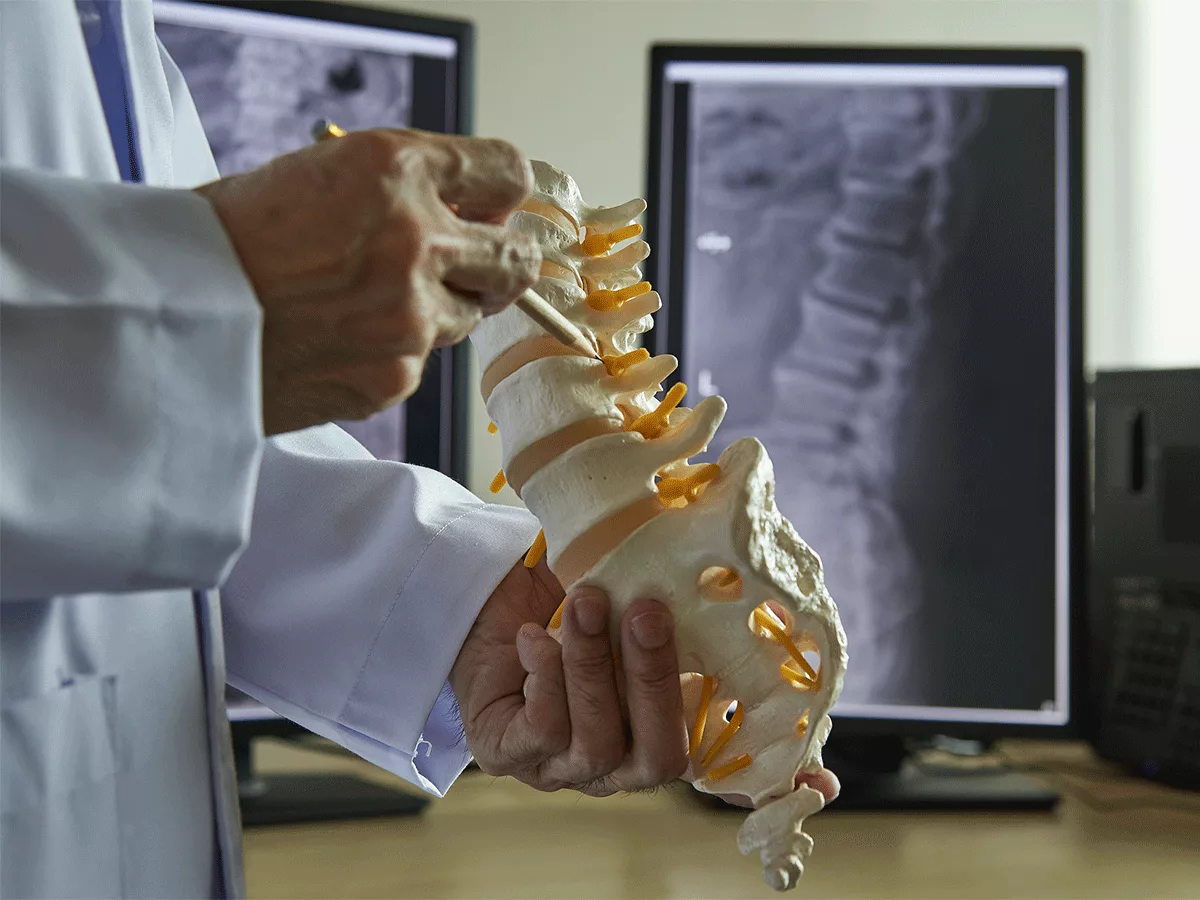The skeleton undergoes continuous remodeling throughout life in response to diverse environmental stimuli. Osteoclasts, which are specialized cells on the bone surface, break down old bone tissue (in a process known as bone resorption) and build it back up. Dysregulation of osteoclast formation and function can lead to bone fragility, including osteoporosis, which is estimated to affect over 10 million people globally.
Investigators at the Garvan Institute of Medical Research have discovered that during the process of resorption, osteoclasts recycle by breaking down into smaller, more motile cells in the blood and bone marrow. This new cell type termed as "osteomorphs" by the researchers fuse together again to form osteoclasts in a different location. Osteomorphs expressed several genes associated with skeletal dysplasias and bone mineral density (BMD). The team reported its results in the February 25, 2021 online issue of Cell.
Senior author Tri Phan, who heads the Intravital Microscopy and Gene Expression Lab at the Garvan Institute, told BioWorld Science that "due to the opaque and inaccessible nature of the bone, most information on osteoclast biology has come from static analysis via in vitro tissue culture. We wanted to see how these cells looked like in a live animal in real time; and therefore, we developed a high resolution intravital microscopy imaging technique for it. What was interesting was the fact that, contrary to current dogma, osteoclasts do not die upon bone resorption but instead break down into smaller cells that we call osteomorphs."
Phan added that "these smaller osteomorphs join back to form osteoclasts and this explains the recent findings that osteoclasts are much longer lived that what was thought before. This process of breaking up and re-fusing back into osteoclasts is what we call osteoclast recycling." Using single cell RNA sequencing technology, Phan's team found that the new cells upregulated several genes. While many of these genes were also expressed by osteoclasts, several were unique.
"The unique genomic profile of osteomorphs, together with the evidence of the new re-fusion processes observed by intravital imaging, convinced us that we had discovered a new cell type distinct from osteoclasts and their macrophage precursors," said Phan.
In collaboration with colleagues from Imperial College London, the team found that deletion of osteomorph upregulated genes in mice resulted in abnormal structural and functional bone phenotypes, indicating a critical role in controlling bone biology. Interestingly, the researchers also found that the human equivalents of osteomorph upregulated genes were associated with bone dysplasias and bone mineral density in the UK Biobank study.
As the RANKL (receptor activator of nuclear factor kappa-B ligand) signaling system is the physiological master regulator of osteoclast biology and bone resorption, Phan and his team decided to understand its impact on osteoclast dynamics.
Soluble RANKL-stimulated osteoclasts were highly dynamic and migrated toward each other to undergo cell fusion to form larger cells. These large soluble RANKL-stimulated osteoclasts were then seen to fission into smaller daughter cells (osteomorphs) that were freely motile and again fused with each other or neighboring osteoclasts to reform into their parent cell type.
Since RANKL signaling was seen to mediate osteoclast recycling, Phan said that his team "sought to quantify the effects of soluble RANKL on bone microarchitecture." RANKL inhibition resulted in the accumulation of osteomorphs and mirrored the accelerated bone loss and spontaneous fractures seen following discontinuation of treatment with denosumab, a monoclonal antibody that blocks RANK/RANKL signaling.
The researchers suspect that patients who receive denosumab accumulate osteomorphs in their body, and that these are released to form osteoclasts, which resorb bone, when treatment is stopped. Phan said that studying the effects of denosumab and other osteoporosis medication on osteomorphs may inform how those treatments could be improved and how their withdrawal effects could be prevented.
Phan further added that "our analysis showed that osteomorph-unique genes cause monogenic skeletal diseases and that some of these genes are also strongly associated with bone mineral density, indicating that osteomorph accumulation can play a role in the pathogenesis of both rare monogenic and common polygenic skeletal diseases like osteoporosis. Together, these findings reveal just how crucial osteomorphs are in bone maintenance, and that understanding these cells and the genes that control them may reveal new therapeutic targets for skeletal disease. Especially, since these cells are motile and travel through blood, they may be easily accessible targets for therapy." Phan also stressed that since the bone is a site for several cancers, understanding what turns bone resorption on and off, can help determine whether patients are at risk for relapse or not.
Phan believes there are several translational implications to their work, the most immediate being the availability of a preclinical bone resorption mouse model that can help researchers study the effect of several drugs on bone biology as well as investigate bone and joint destructive disorders, like osteoporosis and rheumatoid arthritis.

